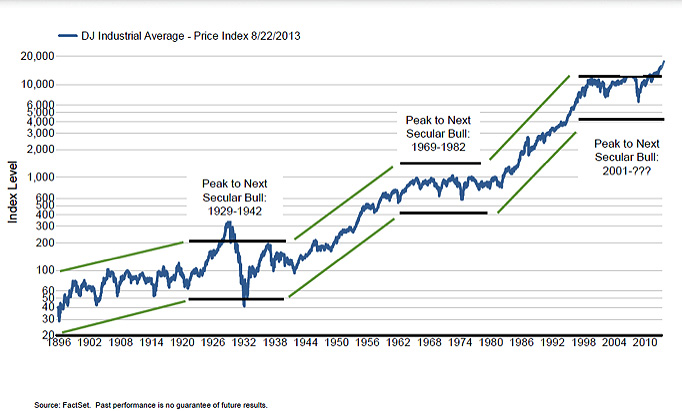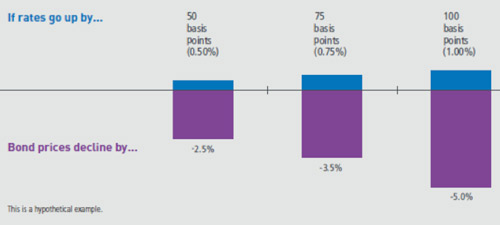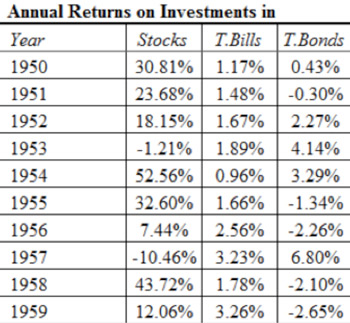
 Know much about the natural gas trapped in shale? You don’t need to, but the abundance of this natural resource may be one of the things our economy needs. The US economy could very well have shock absorbers for a while. These colored areas on the map below are energy resources that could lead to our energy independence for decades to come.
Know much about the natural gas trapped in shale? You don’t need to, but the abundance of this natural resource may be one of the things our economy needs. The US economy could very well have shock absorbers for a while. These colored areas on the map below are energy resources that could lead to our energy independence for decades to come.

None of us at The Center are environmentalist, geologist or oil experts; we are also are not economists. But we’ve been doing our homework on shale as we try to understand what is going on in the economy. With oil prices at much higher levels than most of history, shale gas can allow for a less conventional technology to be used to recover energy.
Horizontal drilling and hydrofracking technology breaks open shale rock by pumping high-pressure fluids into the ground, making shale gas abundantly accessible. According to some experts, the United States alone has over a 100-year supply of this unconventional energy source.
Remember all of the buzz about running out of natural resources on the planet? Just a decade ago we were consumed by the fact that we would be out of energy to move us around the planet and heat our homes in the not too distant future. But when you move the dial in price up a few notches all kinds of things came on line meeting demand with new supply.
Matthew E. Chope, CFP ® is a Partner and Financial Planner at Center for Financial Planning, Inc. Matt has been quoted in various investment professional newspapers and magazines. He is active in the community and his profession and helps local corporations and nonprofits in the areas of strategic planning and money and business management decisions. In 2012 and 2013, Matt was named to the Five Star Wealth Managers list in Detroit Hour magazine.
Five Star Award is based on advisor being credentialed as an investment advisory representative (IAR), a FINRA registered representative, a CPA or a licensed attorney, including education and professional designations, actively employed in the industry for five years, favorable regulatory and complaint history review, fulfillment of firm review based on internal firm standards, accepting new clients, one- and five-year client retention rates, non-institutional discretionary and/or non-discretionary client assets administered, number of client households served.
The information contained in this report does not purport to be a complete description of the markets or developments referred to in this material. The information has been obtained from sources considered to be reliable, but we do not guarantee that the foregoing material is accurate or complete. Any information is not a complete summary or statement of all available data necessary for making an investment decision and does not constitute a recommendation. Any opinions are those of Center for Financial Planning, Inc., and not necessarily those of RJFS or Raymond James. Investing in the energy sector involves special risks, including the potential adverse effects of state and federal regulation and may not be suitable for all investors.






















